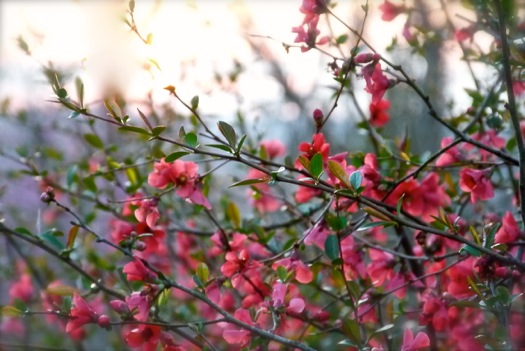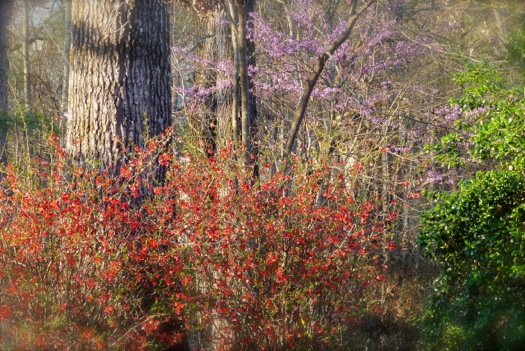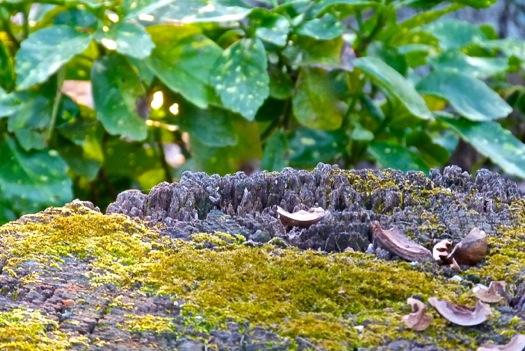Heuchera, Tiarella, or Heucherella: Which is Best For You?
 Sunday, July 16, 2017 at 5:30PM
Sunday, July 16, 2017 at 5:30PM In recent years there has been an explosion of brilliantly colored heucheras and heucherellas available to fit the fancy of any foliage lover, especially those who garden in shadier areas where many flowers bloom briefly or not at all (except for some time-consuming and often expensive annuals).  With evergreen heucheras and heucherellas, gardeners can enjoy splashes of rich color through the seasons. Then there are tiarellas, which look very similar, although their leaves are primarily green. All are in the family Saxifragaceae. Which is what, and how do you know which is best for you?
With evergreen heucheras and heucherellas, gardeners can enjoy splashes of rich color through the seasons. Then there are tiarellas, which look very similar, although their leaves are primarily green. All are in the family Saxifragaceae. Which is what, and how do you know which is best for you?
Heuchera - also called Coral Bells and Alumroot
Heucheras are North American natives whose maple-leaf shaped foliage comes in hundreds of colors, often with ruffled edges and deep veining. In spring through summer, depending on the cultivar, they send up short to tall stems with spikes of bell-shaped flowers.
A small selection of heucheras.
Heucheras like semi-shade. They do need a bit of sun - morning sun is ideal; they won't do well in heavy shade. Heucheras with lighter foliage are likely to suffer leaf burn from hot summer sun. They are fairly drought-tolerant. All of them require well-drained soil, and they are likely to perish if their crowns are planted too deep or if they are over-watered. Heavy clay soil and wet winters may spell doom, my conditions exactly! Clay soil should be amended with lots of organic matter to increase drainage, or else grow heucheras in raised beds or containers with a good potting mix.
Heucheras are hardy from USDA hardiness zones 3-4 to 9. Some don't care for heat and humidity (my summer conditions!), though some are more tolerant than others. In hot, humid climates summer die-back due to fungus sclerotina may be a problem, and some heucheras suffer from rust. Over the years I have planted many heucheras in my semi-tropical climate, and few have flourished.
Tiarella - Also called Foamflower

Tiarella cordifolia is a classic woodland plant. Native from eastern to mid-western North America, it is a clump-forming perennial that spreads by underground runners. It likes more shade than its cousin heuchera, and it also will tolerate more moisture, though it too does best in humusy, organically rich soil. Its evergreen to semi-evergreen leaves are heart-shaped, and it produces profuse clusters of star-shaped blooms on wiry stems. Its common name comes from the appearance of its blooms. Sometimes the leaves have striking, dark veins. Tiarellas do better in hot, humid climates than many heucheras, and they are not as prone to disease.
Heucherella - also called Foamy Bells
Heucherellas are a cross between heucheras and tiarellas, and one gets the best of both worlds with these plants. They combine the disease resistance of tiarellas with the colorful foliage of heucheras. They also are more shade and moisture tolerant than heucheras. I have had much more success in my humid climate with heucherellas than with heucheras. Assorted heucherellasAbout all three: Heucheras, tiarellas, and heucherellas should all be planted in well-draining soil, and they should be divided every 3-4 years to maintain vigor. Heucheras especially tend to be short-lived unless divided.
Assorted heucherellasAbout all three: Heucheras, tiarellas, and heucherellas should all be planted in well-draining soil, and they should be divided every 3-4 years to maintain vigor. Heucheras especially tend to be short-lived unless divided.
Although a hungry animal may eat anything, these plants, especially tiarellas, have an astringent taste and do not attract deer or rabbits. And just as good, their flowers do appeal to hummingbirds and butterflies.
Read the label when you buy one of these plants for information on shade and sun tolerance and climate requirements. You are sure to find some beautiful selections that will fill your garden with color and airy, attractive blooms.
Happy gardening! Deb

















